Distal Clavicle Fracture Treatment
Distal clavicle fracture treatment. Non-operative Treatment of Acute Displaced Distal Clavicle Fractures. Twelve patients with Neer Type IIb distal clavicle fractures treated with anatomical locking plate fixation combined with suture anchor augmentation of the coracoclavicular ligament were retrospectively studied. It is recommended that you ice the fractured area for 15 to 20 minutes every two hours for as long as necessary to decrease the pain and swelling.
However recent well-conducted studies demonstrate that plate fixation of displaced midshaft clavicle fractures may result in improved functional outcome and a lower rate of malunion and non-union compared with non-operative treatment. Historically only unstable distal clavicle fractures were treated operatively. Department of Surgery Western University London Ontario Canada.
Jeremy A Hall St. In this review article we provide an overview of classification systems and treatment methods for distal clavicle fractures. Surgical treatment of fractures of the distal clavicle using T plates provided the same consolidation rate as shown by coracoclavicular fixation with anchors in the coracoid process and Kirschner wires through the acromioclavicular joint and better clinical results.
Clinical outcomes were assessed using the Constant score and the Disabilities of the Arm Shoulder and Hand DASH score. We reviewed articles from January 1990 to September 2009 and among them 425 cases from 21 studies were included. Heat is not recommended.
Conservative treatment of type II fractures involves supporting the weight of the arm to keep the edge of the proximal fragment as close as possible to the coracoid process. Although risk factors for nonunion may exist for an individual patient these need to be weighed against surgical risks and expected functional outcome. The majority of distal clavicle fractures remain mildly or minimally displaced are stable and heal with nonoperative treatment.
A variety of methods of surgical management of distal clavicle fractures has been proposed including transacromial wire fixation a modified Weaver-Dunn procedure use of a tension band CC screw fixation plate fixation and arthroscopic treatment. The Neer type II distal clavicle fracture is notorious for its high nonunion rate and surgical treatment is usually recommended. A Multicentre Randomized Controlled Trial.
If all clavicle fractures are considered together the vast majority heal with nonoperative management which includes use of a simple shoulder sling. Level III evidence was obtained.
Clinical outcomes were assessed using the Constant score and the Disabilities of the Arm Shoulder and Hand DASH score.
Conservative treatment of type II fractures involves supporting the weight of the arm to keep the edge of the proximal fragment as close as possible to the coracoid process. Historically only unstable distal clavicle fractures were treated operatively. Surgical treatment of fractures of the distal clavicle using T plates provided the same consolidation rate as shown by coracoclavicular fixation with anchors in the coracoid process and Kirschner wires through the acromioclavicular joint and better clinical results. In this review article we provide an overview of classification systems and treatment methods for distal clavicle fractures. Level III evidence was obtained. Each surgical technique has its pros and cons. It is recommended that you ice the fractured area for 15 to 20 minutes every two hours for as long as necessary to decrease the pain and swelling. Initial treatment Type I and type III distal clavicle fractures are usually minimally displaced and heal well with conservative therapy. The Neer type II distal clavicle fracture is notorious for its high nonunion rate and surgical treatment is usually recommended.
Department of Surgery Western University London Ontario Canada. Historically only unstable distal clavicle fractures were treated operatively. Clinical outcomes were assessed using the Constant score and the Disabilities of the Arm Shoulder and Hand DASH score. However recent well-conducted studies demonstrate that plate fixation of displaced midshaft clavicle fractures may result in improved functional outcome and a lower rate of malunion and non-union compared with non-operative treatment. Jeremy A Hall St. We reviewed articles from January 1990 to September 2009 and among them 425 cases from 21 studies were included. Immobilization in a sling provides comfort.





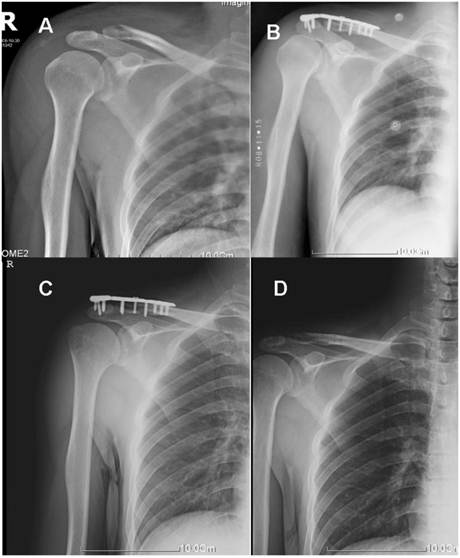





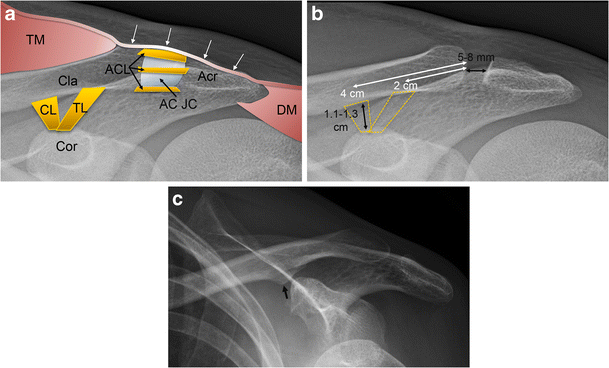

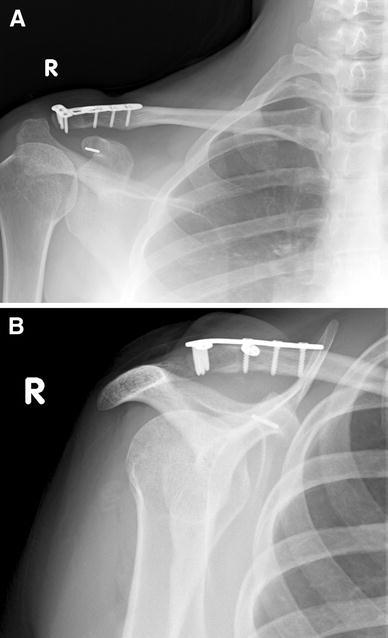
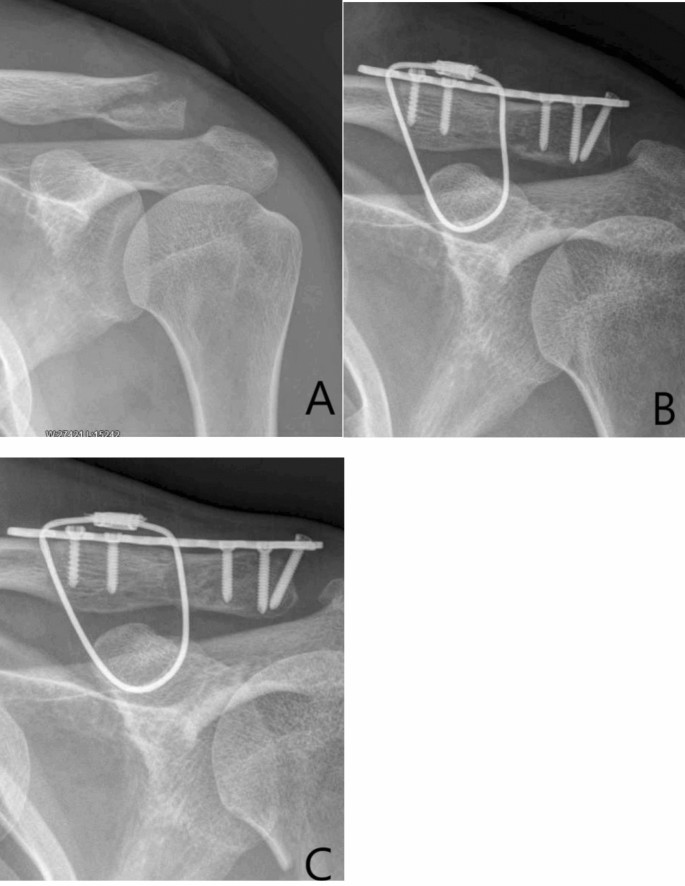


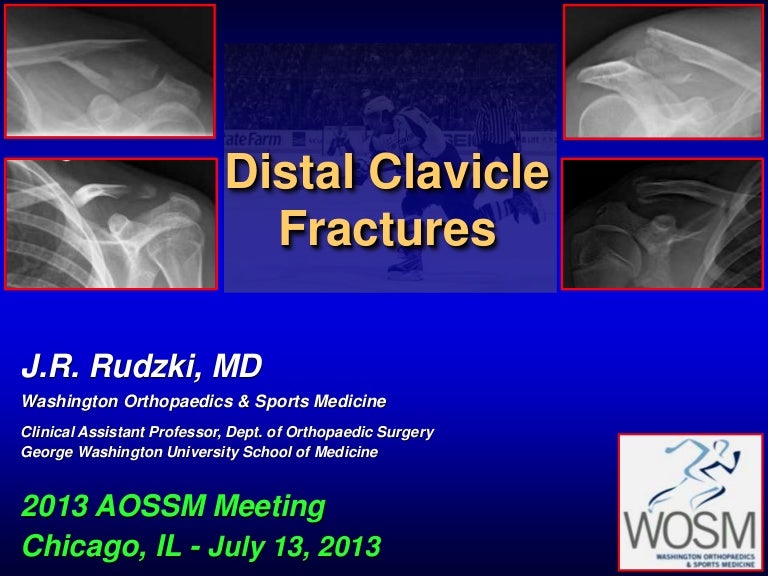










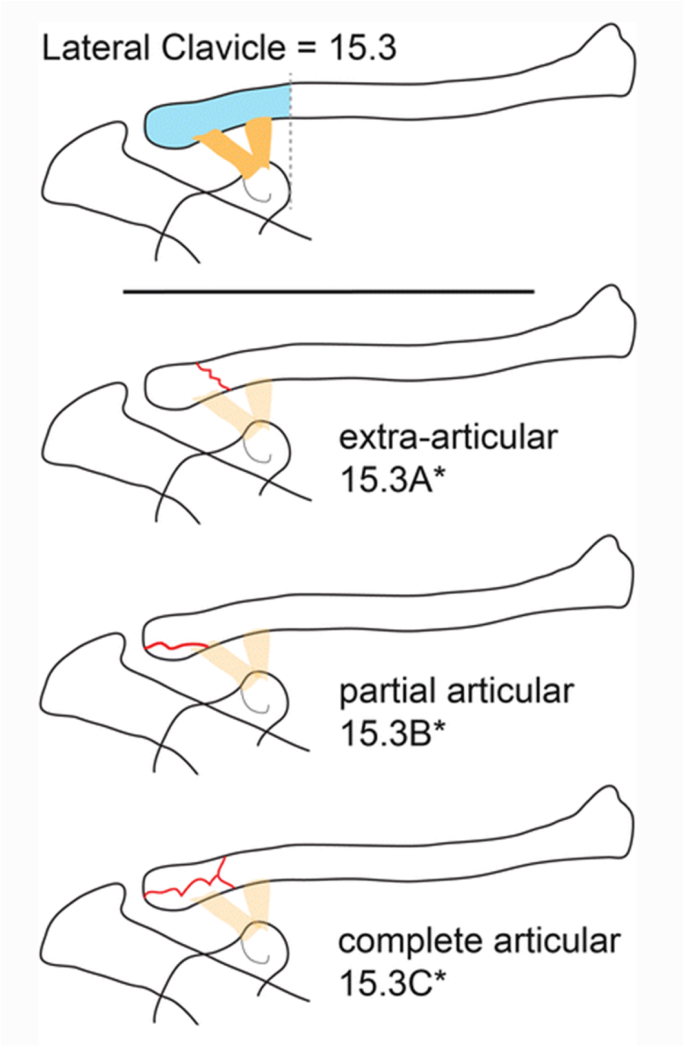

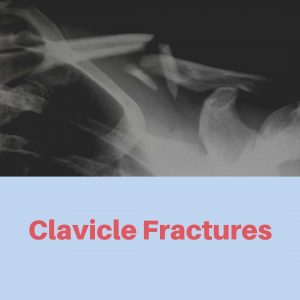
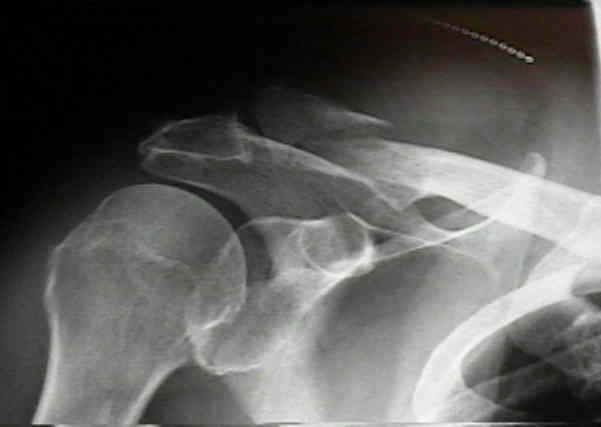
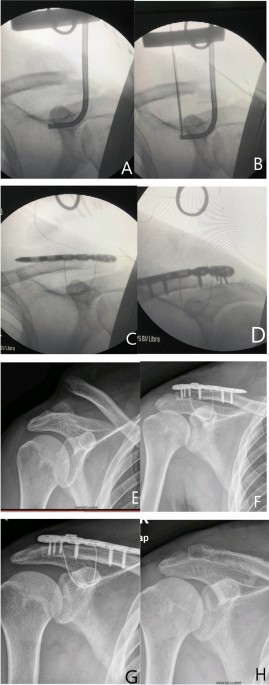

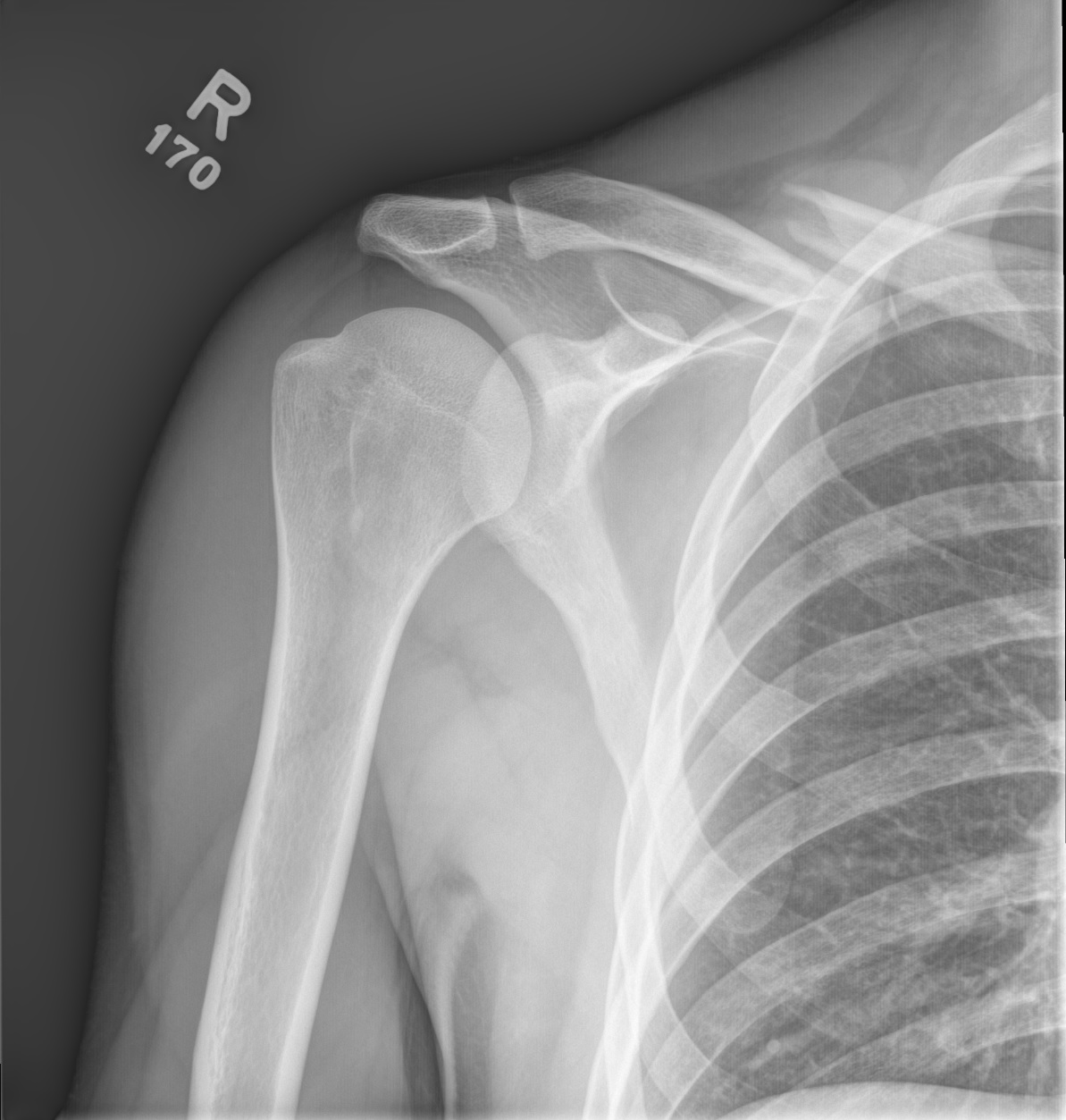

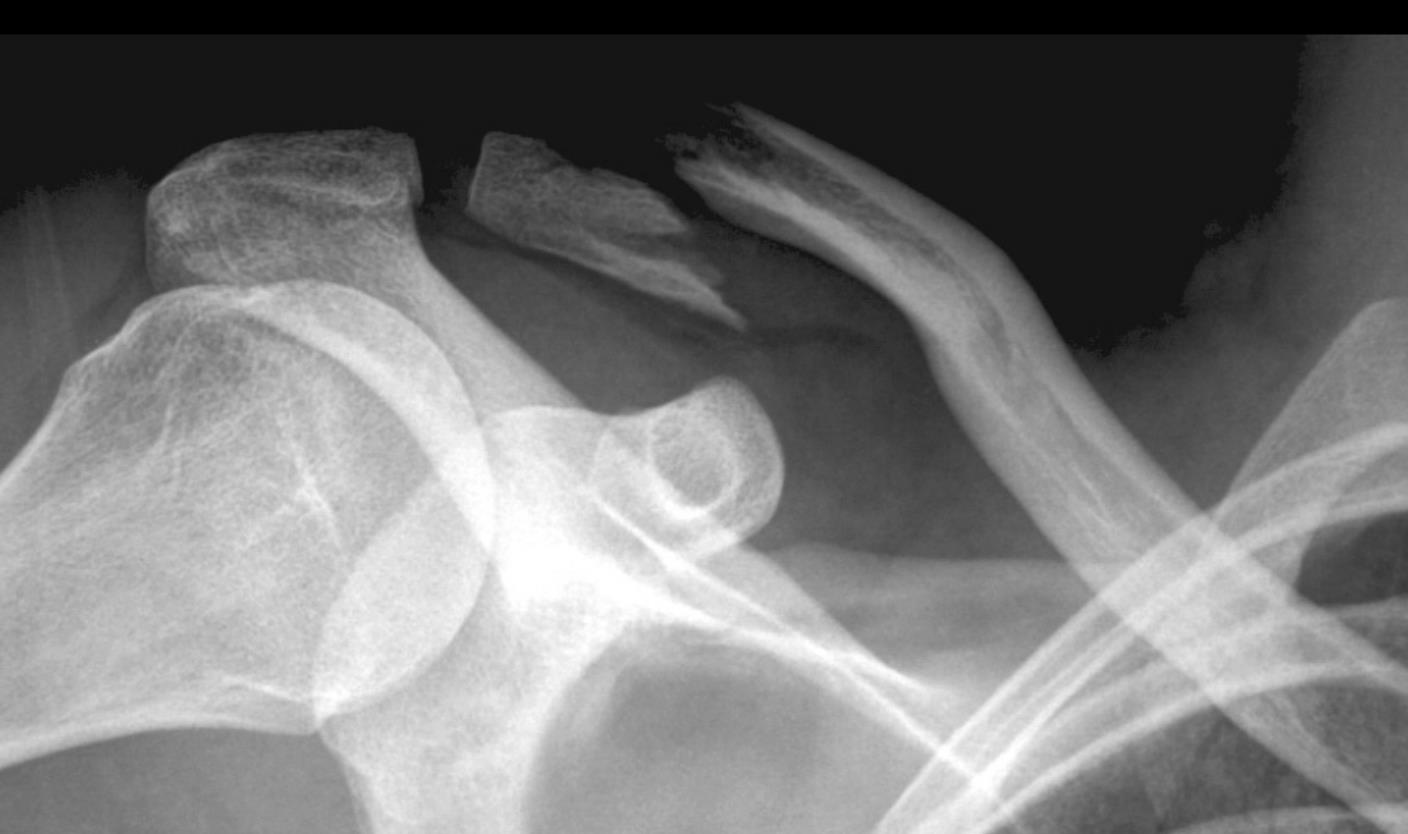
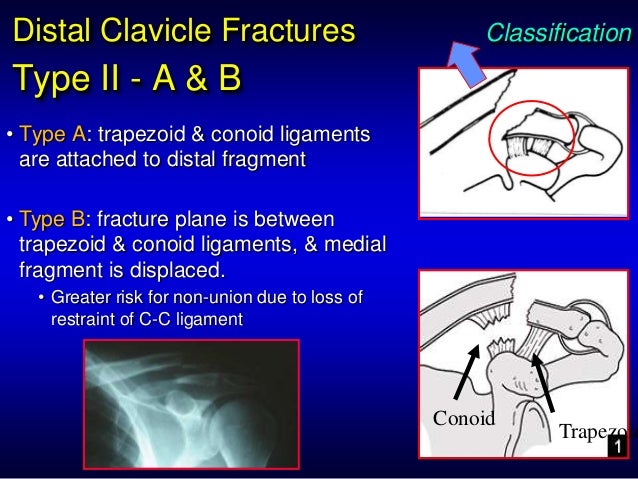



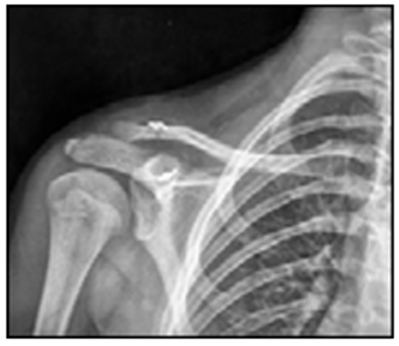



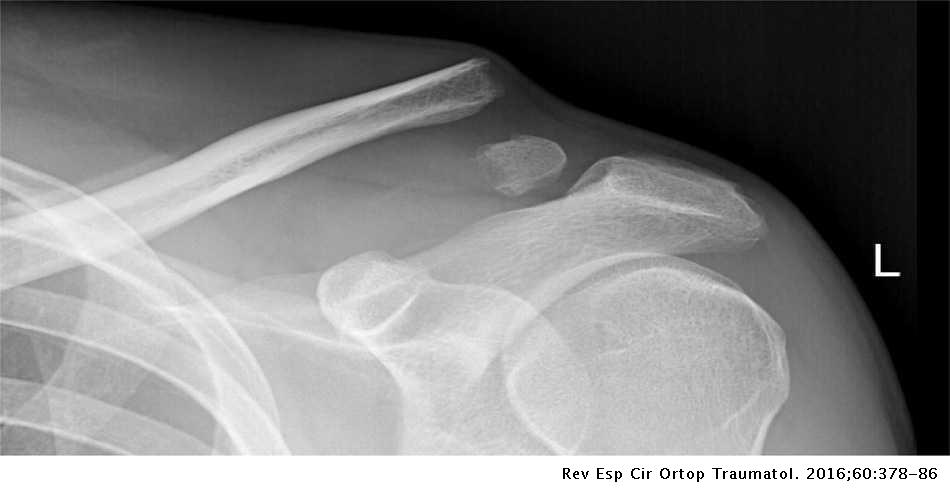
Posting Komentar untuk "Distal Clavicle Fracture Treatment"